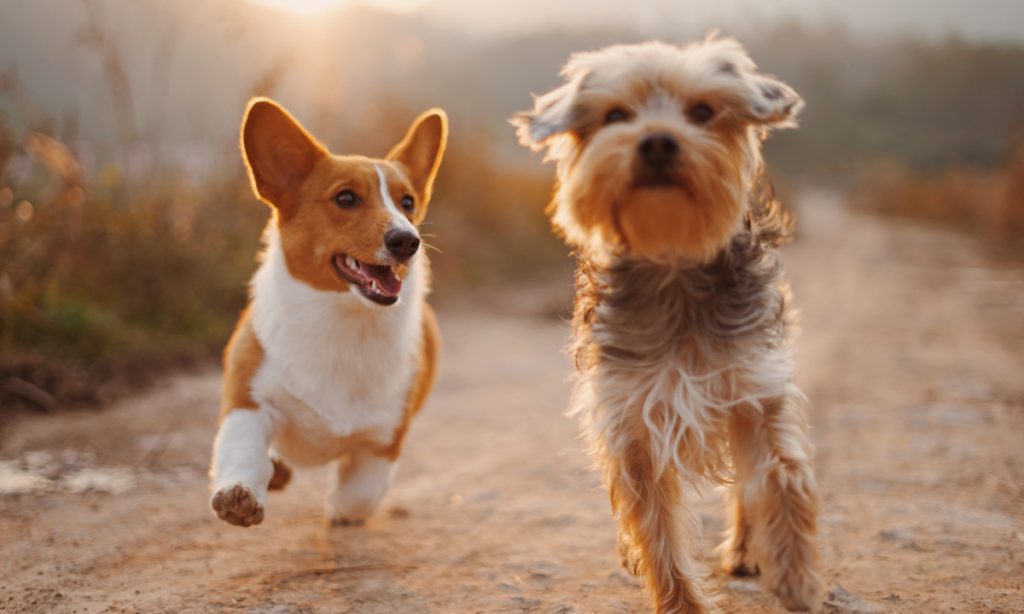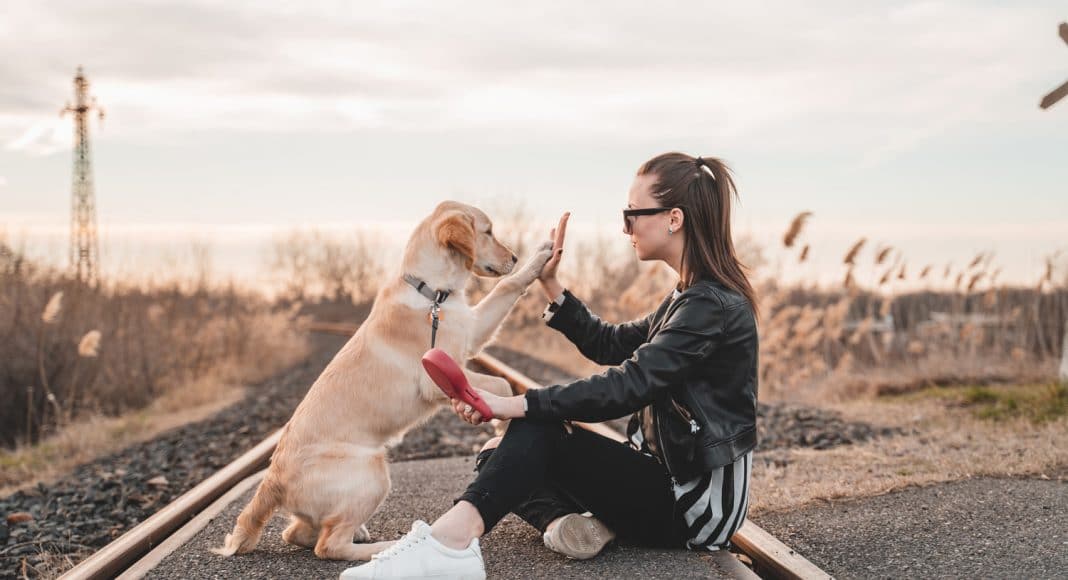Positive reinforcement (giving treats and kisses to your dog when they behave correctly) is one of the world’s most popular ways of training dogs. But is this the best way?
There are a million ways to train your dog but nothing beats a treat. Although this method has been criticized because it encourages giving out food after every good deed, a growing body of research continues to prove why this method is the easiest and most effective way of reinforcing positive behaviors.
We tend to give too much credit to our relationship with our pets, believing that they’ll do anything we want just because we love them and they presumably love us. It’s a cute thought, yet not the most practical one when you want your dog to pee in the proper place and not on your expensive rug.
RELATED: This Is Why We Value Dogs More Than Cats
“If your boss stopped paying you, you’d probably stop going to work pretty quickly. You need to motivate your dog too,” Zazie Todd, author of “Wag: The Science of Making Your Dog Happy,” tells Huffington Post.

One of the most common and effective methods of preventing bad behaviors is punishment. Although this method works in changing bad behaviors, it also comes with a batch of side effects. “The risks include fear, anxiety and stress,” says Todd, “and they include an increased risk of aggression, because the dog may react badly to punishment or the threat of punishment.”
RELATED: 5 Subtle Signs Your Dog Is Depressed
Try to find creative ways to positively reinforce your dog with treats, walks and play time. Get creative with what you give to your dog, ensuring that treats are varied and keep them interested, and that they fit the activity that your dog is doing. You can give your dog a basic treat when it behaves correctly within the house, and a more special treat when they’re out and really deserve it.
Ration out foods, making sure that your dog is not overfed, and avoid punishments even if it seems like the easiest way to prevent bad behaviors.


